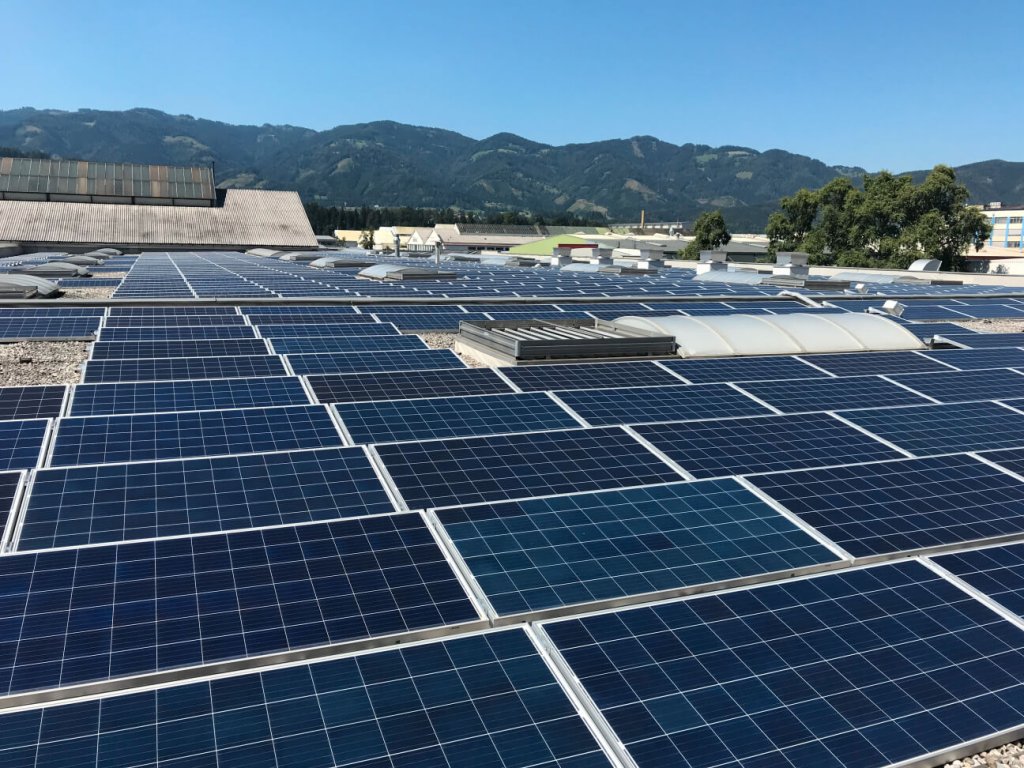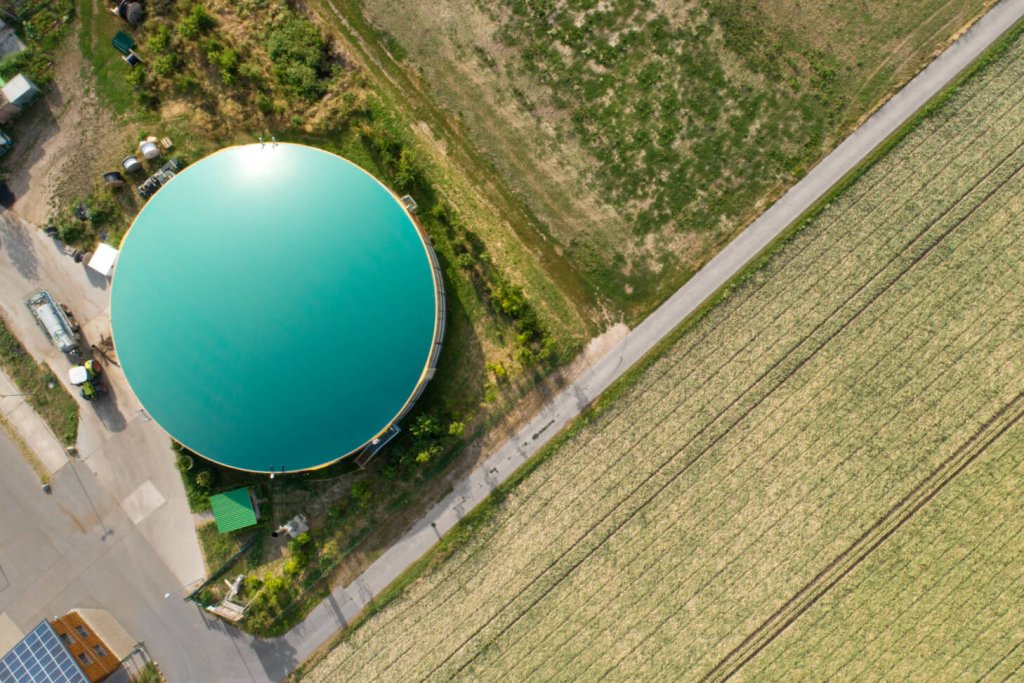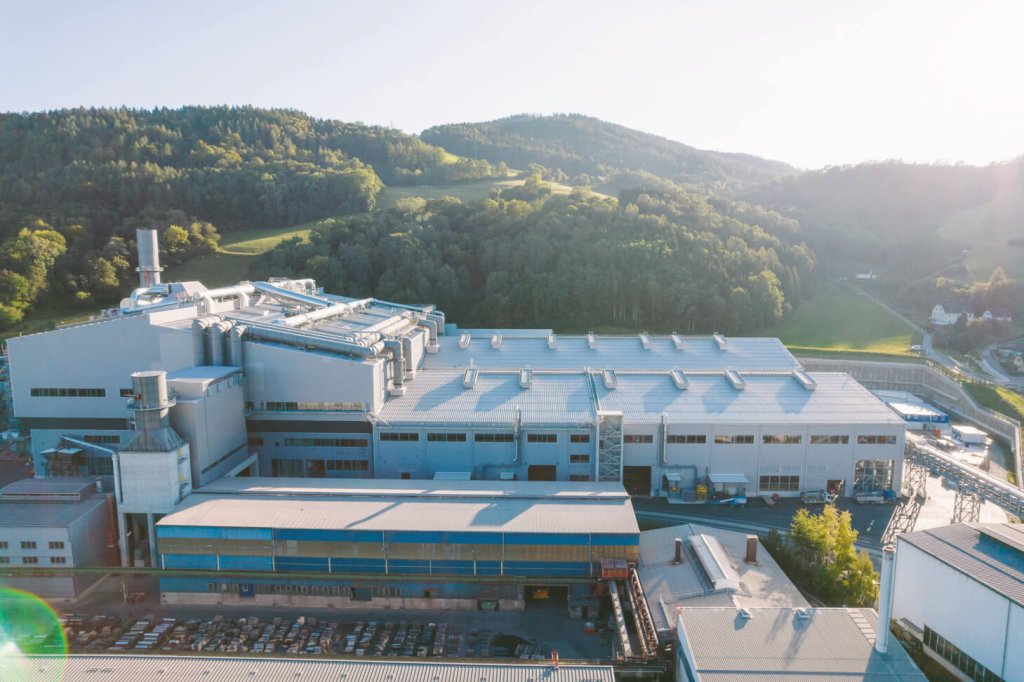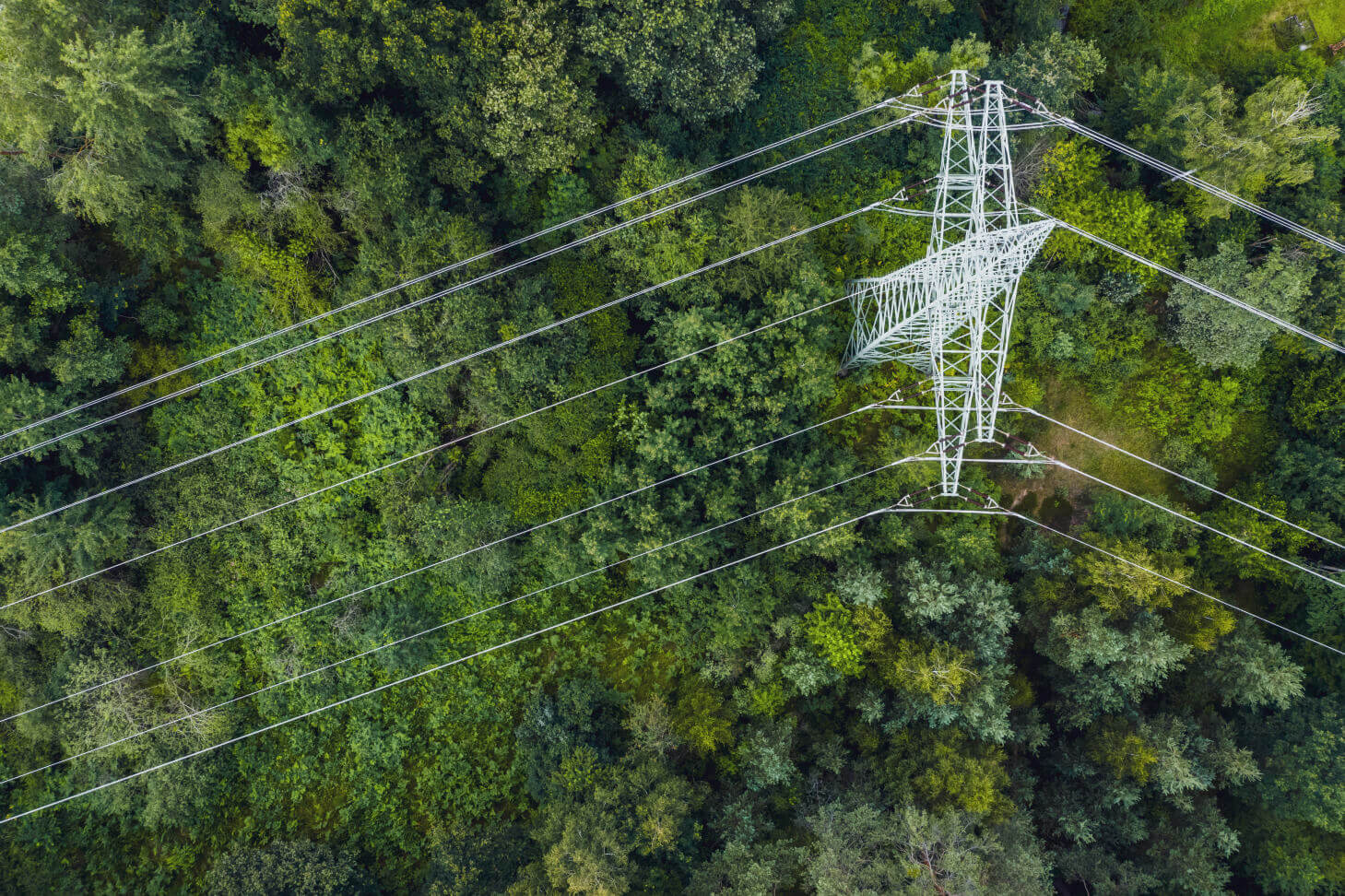The energy supply of the future: Promoting environmentally friendly energy
By drawing from environmentally friendly energy supplies, we can sustainably cover large parts of the energy requirements of the High Performance Metals (HPM) Division. We also aim to achieve the ambitious goal of climate neutrality by 2050. To make this possible, we are focusing on the use and promotion of green energy sources under the Climate Impact pillar of our sustainability framework inSPire.
GREEN ELECTRICAL ENERGY
In our previous Climate Impact article, we examined our approach to decarbonization. As well as alternatives to natural gas, such as biomethane and green hydrogen, we are pursuing the increased use of green electrical energy as part of our roadmap. “We are actively committed to environmentally friendly and target-oriented production, and to the conscientious use of valuable resources,” says Michael Ebner, lead of the Climate Impact pillar.
Two important sources of renewable and environmentally friendly energy are solar and wind, which we will go into in more detail below.
USING SOLAR ENERGY WITH PV SYSTEMS
The buildings at our plants and headquarters offer ample potential space for generating energy through photovoltaic (PV) systems. We are currently in discussions with various energy providers around the world. In the future, we could generate up to 100 MWpeak of green electrical energy from solar radiation. MWpeak (megawatt-peak) is a measurement of the maximum power that can be generated by PV systems.
In Austria and Germany, we are reviewing possible PV projects on recultivated landfills and roofs. We are also running projects with PV systems at our sites in Brazil and the Value Added Services (VAS) companies.

PPA: PURCHASING WIND ENERGY FOR THE LONG TERM
In the long term, we aim to achieve a stable supply of renewable energy. Wind energy is an important part of this. With this in mind, we benefit from a Power Purchase Agreement (PPA) for purchasing electricity. In PPAs, customers purchase electricity directly from the generator. This has several advantages:
Firstly, it means that the producer and customer agree on individual conditions and contents. We can therefore incorporate our company-specific needs into the PPA.
Secondly, thanks to our PPA, we know the prices several years in advance. This gives us planning security and makes us less dependent on price fluctuations in the electricity market.
And thirdly, the PPA means we know exactly where our electricity comes from. This allows us to promote the development of ecological energy—in this case, wind energy.
The Stanglalm wind farm is a perfect example of this. Since April, we have been procuring electricity from this site through a PPA, and from 2024 onward, we will be purchasing electricity from the Hochpürschtling wind farm in the same way. Both sites are located in the Styria province of Austria, meaning we will be able to expand our supply of green electricity from the region.
In total, we will be able to cover around 10% of our electricity requirements at the Kapfenberg and Mürzzuschlag sites in Austria using electricity from the wind farm over the term of the PPA.
PROCURING ENERGY IN 2035 AND BEYOND
For us, sustainability means looking to the future, so long-term planning is a must. Alongside measures such as PV systems that can be implemented in the short to medium term, we are therefore focusing on long-term solutions for sustainable energy procurement, which we lay out in our Energy Procurement 2035+ plan.
The production of steel and other high-performance materials requires a lot of energy in the form of heat, and by extension, large quantities of electricity and natural gas. Of course, we also want to ensure the best possible product quality for our customers in the future while hitting our decarbonization and sustainability targets. Various project scenarios for the period up to 2035+ show what a sustainable energy supply with alternatives such as carbon-neutral electricity, green hydrogen, and biomethane could look like in the future.
In our previous article on the Climate Impact pillar, we provided some initial insights into these topics as part of our look into decarbonization. This time, we take a closer look at energy supply based on biomethane and carbon-neutral electricity.
BIOMETHANE AS A SUBSTITUTE FOR NATURAL GAS
Biomethane is one of the options for a more environmentally friendly energy supply in the coming years. Its biggest advantage is that it can be used as a direct replacement to conventional natural gas. Modifications to our plants are not necessary.
In the calendar year 2022, we were able to replace 30% of our natural gas usage with biomethane at our production site in Sweden. In 2023, we aim to raise this percentage up to 50%.
However, the biomethane supply situation in Austria poses a particular challenge. To increase our energy independence in the region, we are looking into processes and projects related to the use of pyrolysis and fermentation.
Pyrolysis is a chemical process in which organic materials are heated in an oxygen-free environment. The materials decompose, and gases are released. Further research is needed into the optimal use of pyrolysis, and we are also investigating this possibility for the future production of biomethane.
In the case of fermentation, on the other hand, the issue is the sufficient availability of the raw material, known as the substrate. Ideas for this are already being evaluated or feasibility-tested at our sites in Austria, Sweden, and Brazil.

CARBON-NEUTRAL ELECTRICITY FOR OUR FURNACES
To produce our high-performance materials, we need extremely high temperatures in our furnaces, often above 1,000°C. Reaching these temperatures requires a lot of energy. We are therefore looking for alternative energy sources and heating systems to make these processes more environmentally friendly and decrease their carbon footprint.
Heat treatment furnaces (HTF) in particular lend themselves to electrification, as these require temperatures of “only” 800°C to 1,000°C. These (in comparison to other furnaces) low temperatures can be achieved well with electrical energy. However, the feasibility of electrification also depends on the region. For example, the grid supply at the locations must be suitable for transporting electricity to our plants with sufficient power. Economic conditions also play a role. In Sweden, for example, the operating costs of electricity are lower than those of gas. This differs from Austria, where electricity is more cost-effective. These different framework conditions must be taken into account as we manage our projects.
Alongside our projects on HTF, we also pursue collaborative projects with specialized partner companies on hybrid furnace plants and conduct feasibility studies on induction heating. Hybrid furnaces combine different technologies to provide the required heat. Induction heating, on the other hand, is based on a strong alternating magnetic field and induces the energy directly into the workpiece.
OUR FLAGSHIP PROJECT IN KAPFENBERG
A prime example of efficient energy use and the use of renewable energies is our new special steel plant in Kapfenberg, Austria. This plant can be seen as a technological milestone in terms of digitalization and sustainability. Among other advancements, it features a highly efficient dust removal system that significantly reduces dust and fine dust pollution in the surrounding area.
However, the core feature of the plant is its electric arc. In it, conductive material can be heated up to 3,500°C. The furnace is 100% powered by electricity from renewable energy sources. Meanwhile, its cooling circuits allow for a reduction of up to 90% in the amount of cooling water required. Slight losses result from evaporation.
The new plant benefits not only HPM, but the entire region. An efficient recovery system enables us to reuse the heat generated within the plant. At the same time, we feed 20,000 MWh of the generated heat into the public district heating network each year. By way of comparison, an average household consumes around 5 MWh per year. Our waste heat can therefore cover around 18% of the city’s energy supply. This means a reduction in the use of fossil fuels, mainly natural gas, and saves up to 4,000 metric tons of CO2.
Through the waste heat generated in the special steel plant, we contribute to the supply of more environmentally friendly energy in the region, from which private households, public facilities such as the Kapfenberg indoor swimming pool, and official buildings benefit.

THE ENERGY SUPPLY OF THE FUTURE IS ENVIRONMENTALLY FRIENDLY
Environmentally friendly energy sources play a major role in making our economic activities more sustainable and future-oriented. This involves overcoming various challenges, such as the availability of energy sources and technical feasibility. We see these as motivation to address the issue even more closely and to set a positive example. Together, we can drive forward a sustainable energy supply, save CO2, and thereby contribute to climate protection in a meaningful way.
